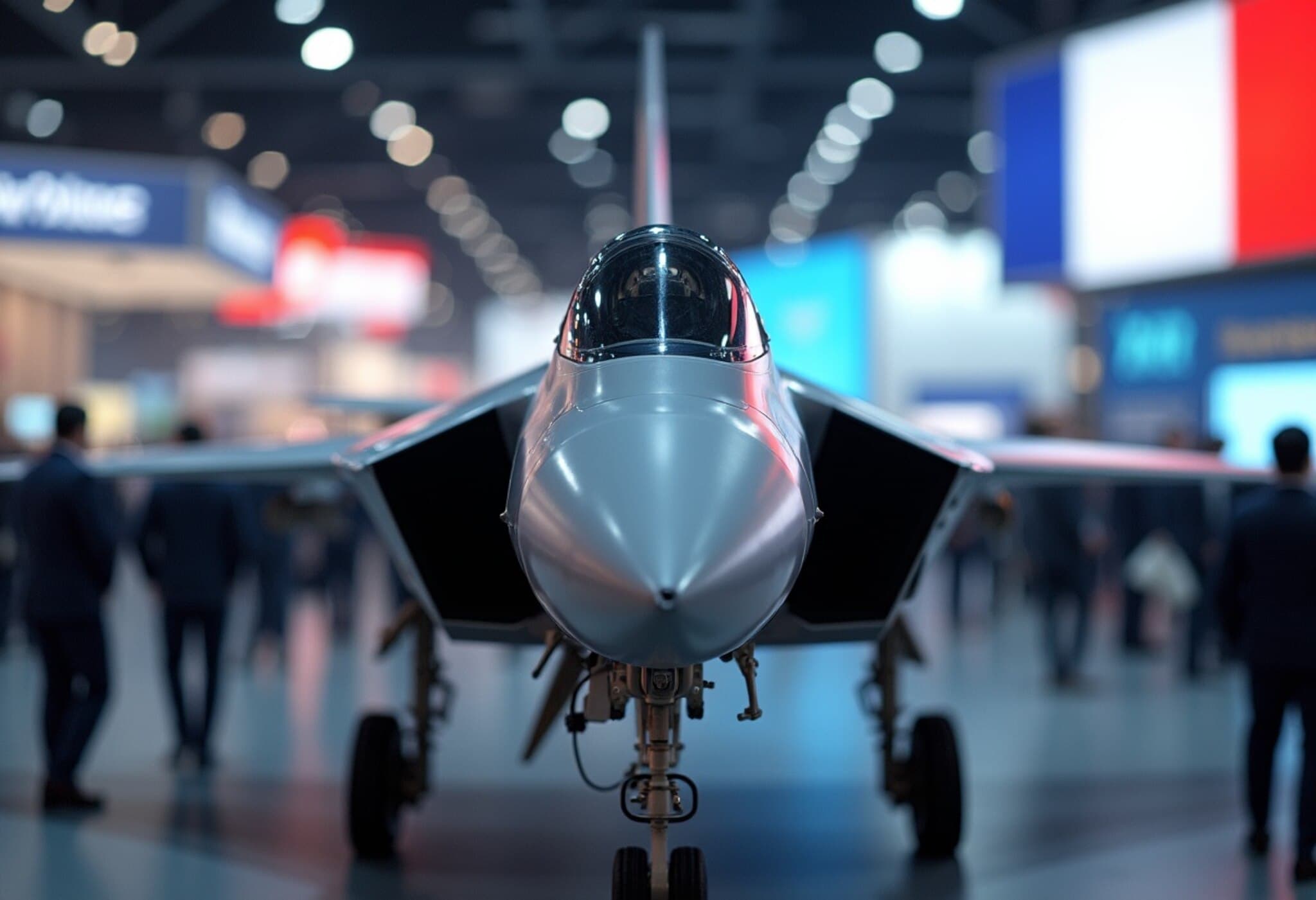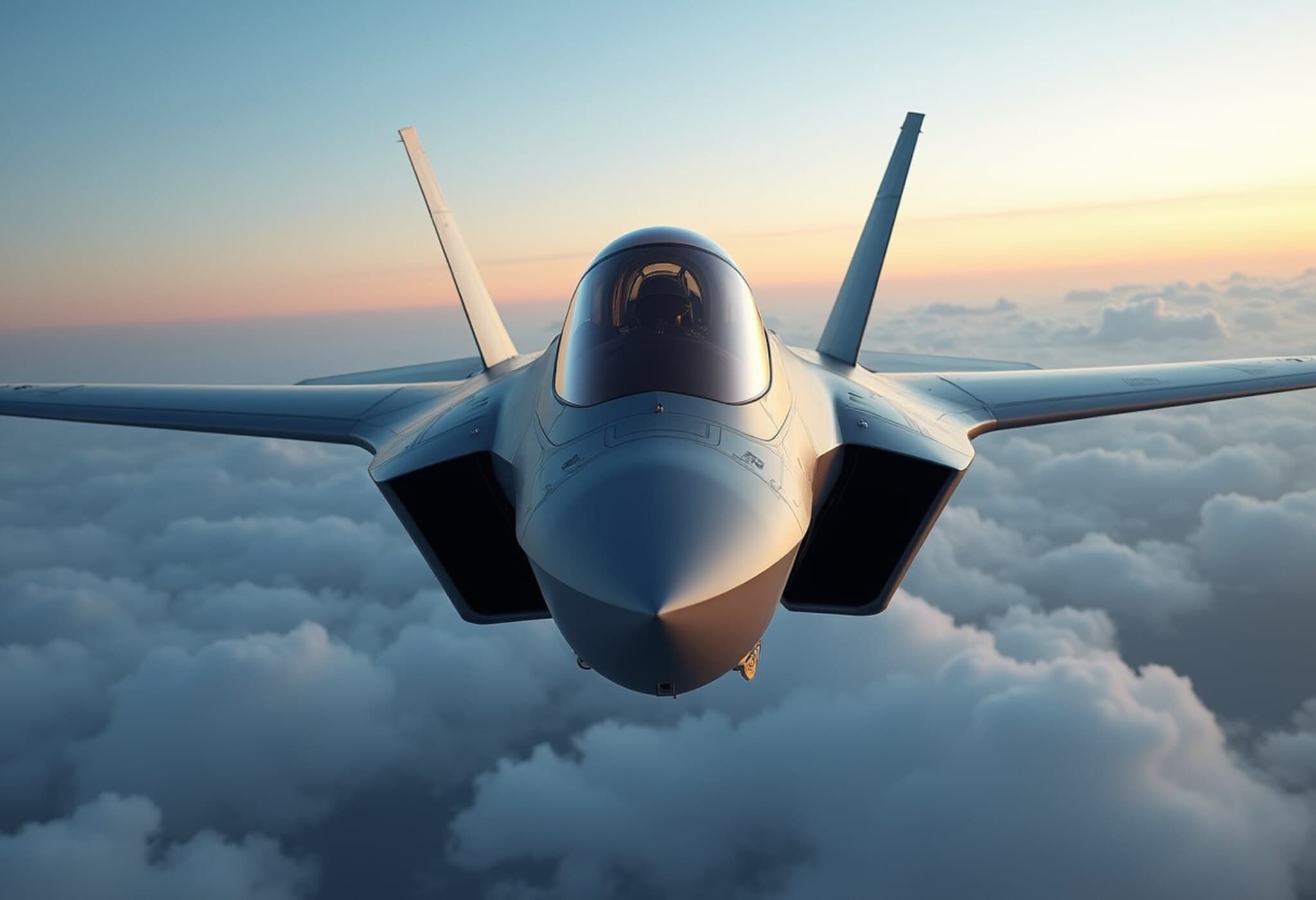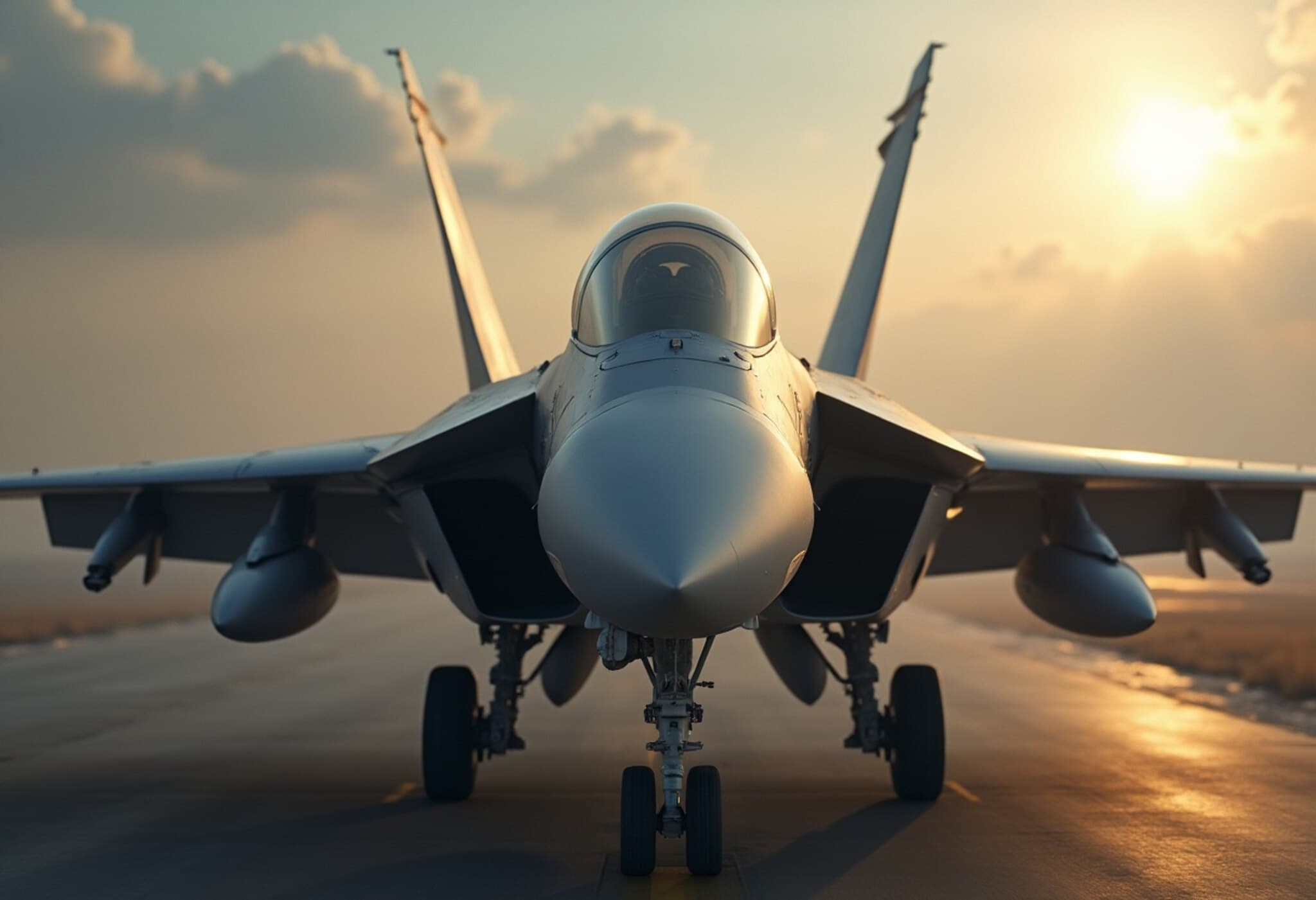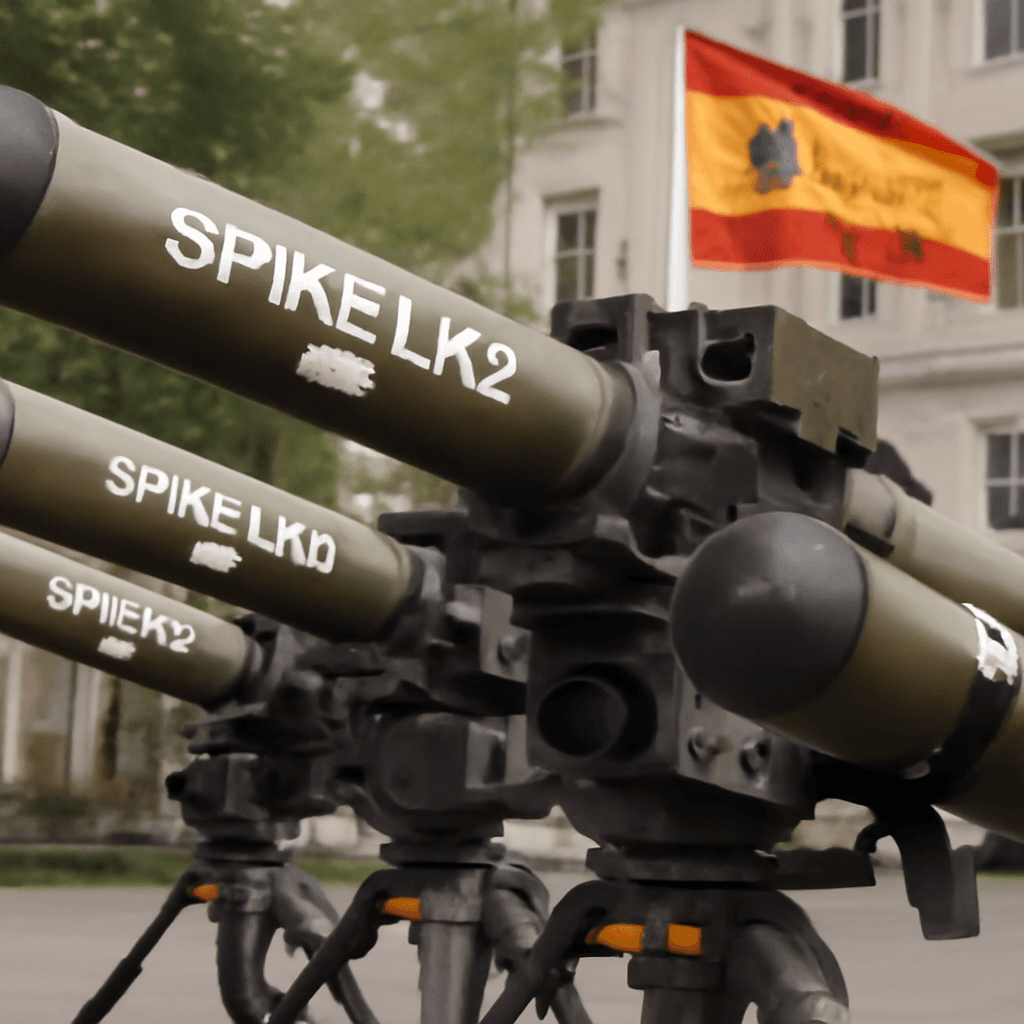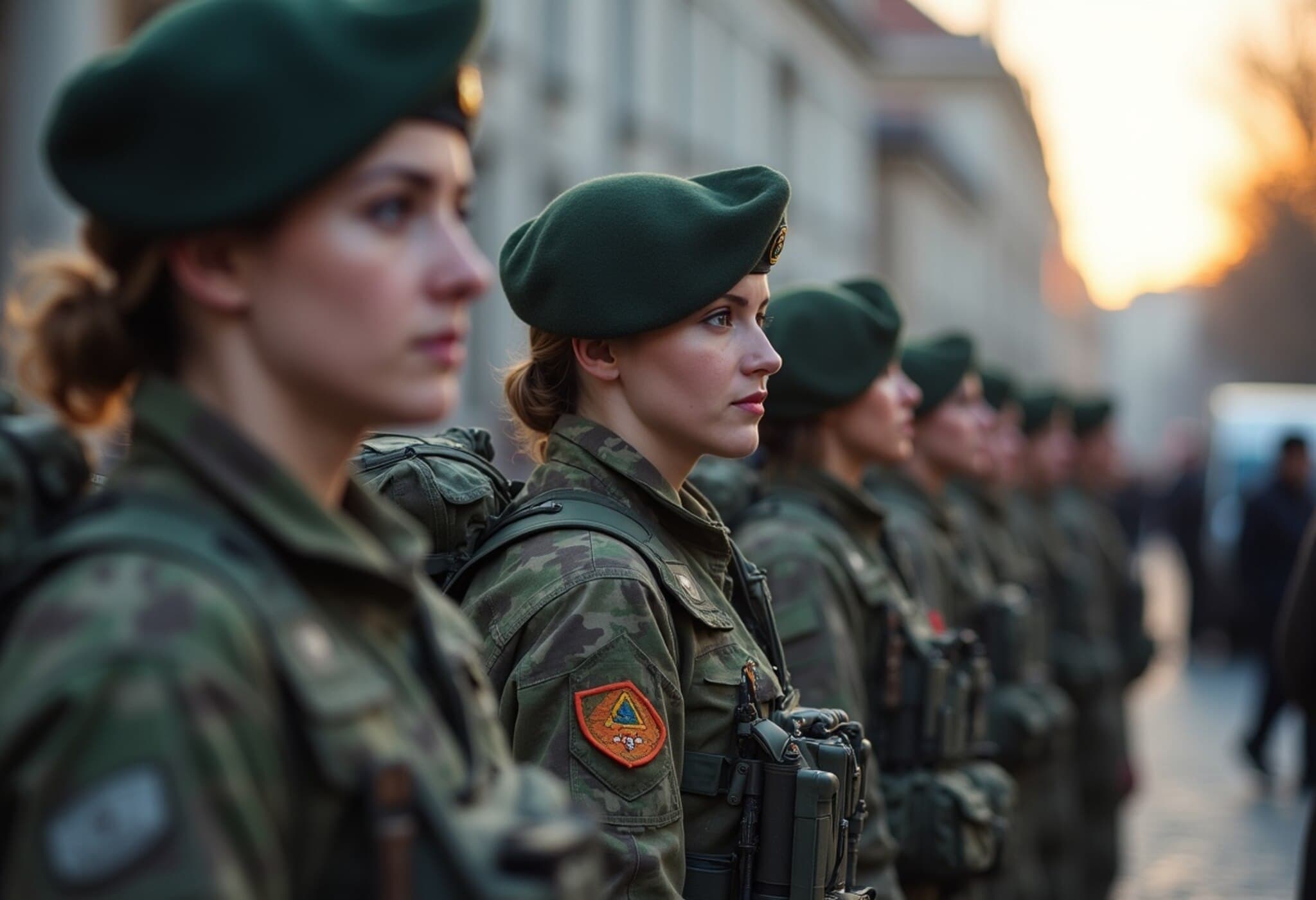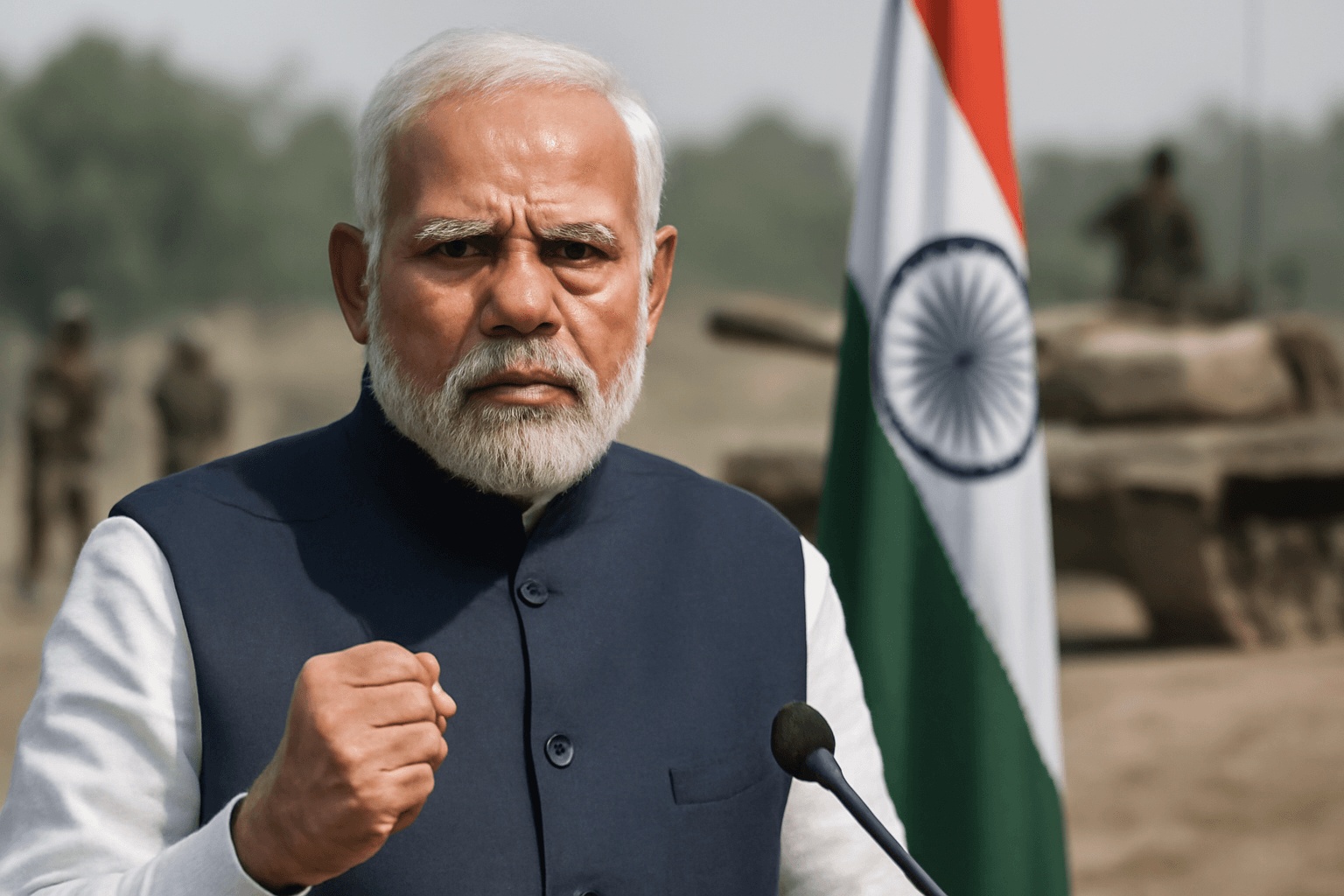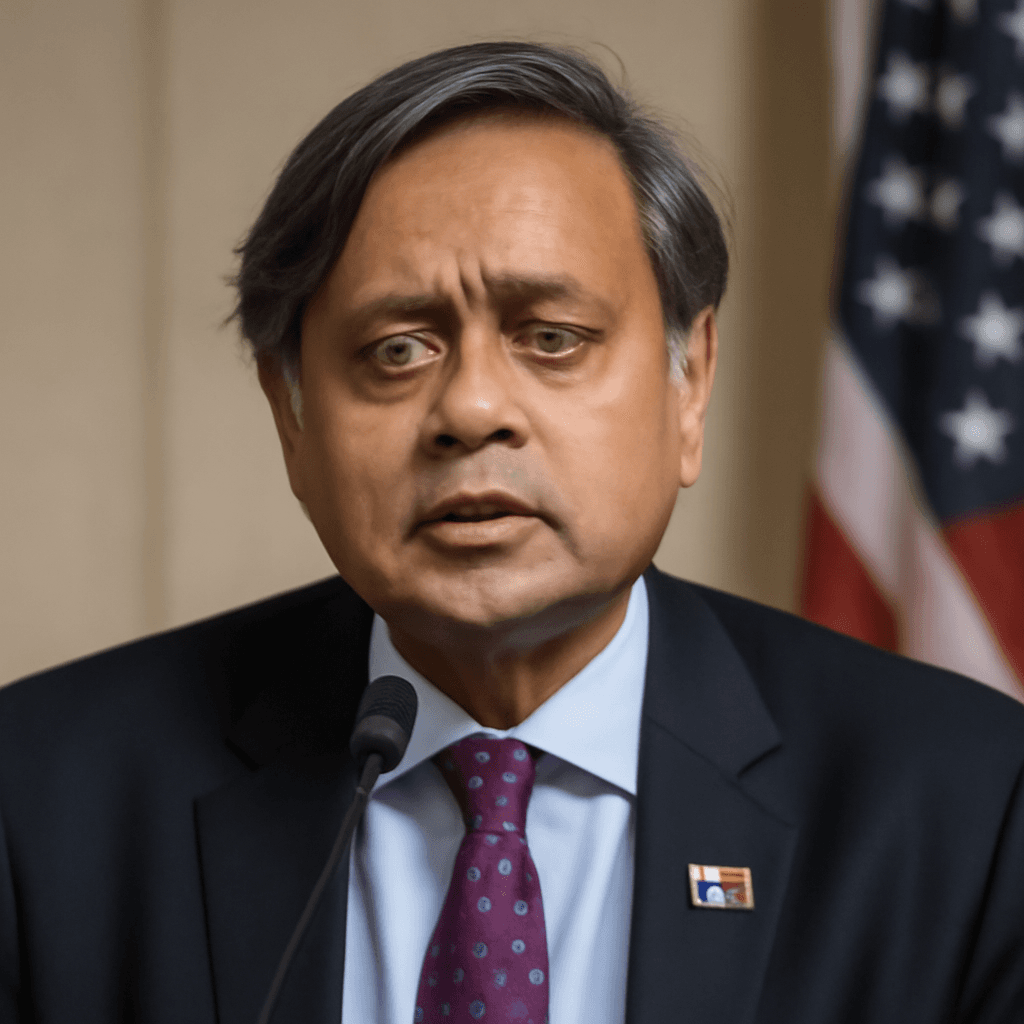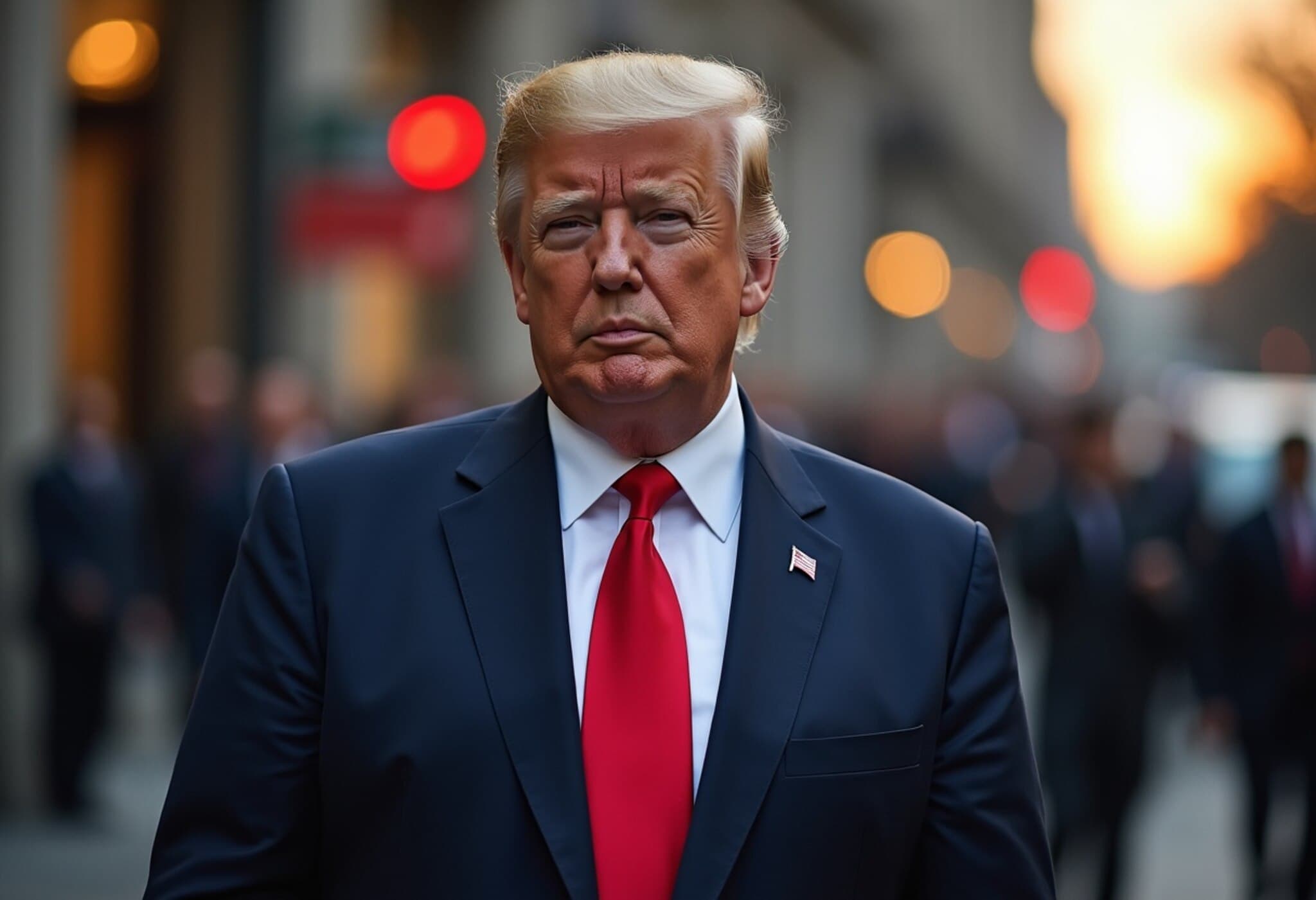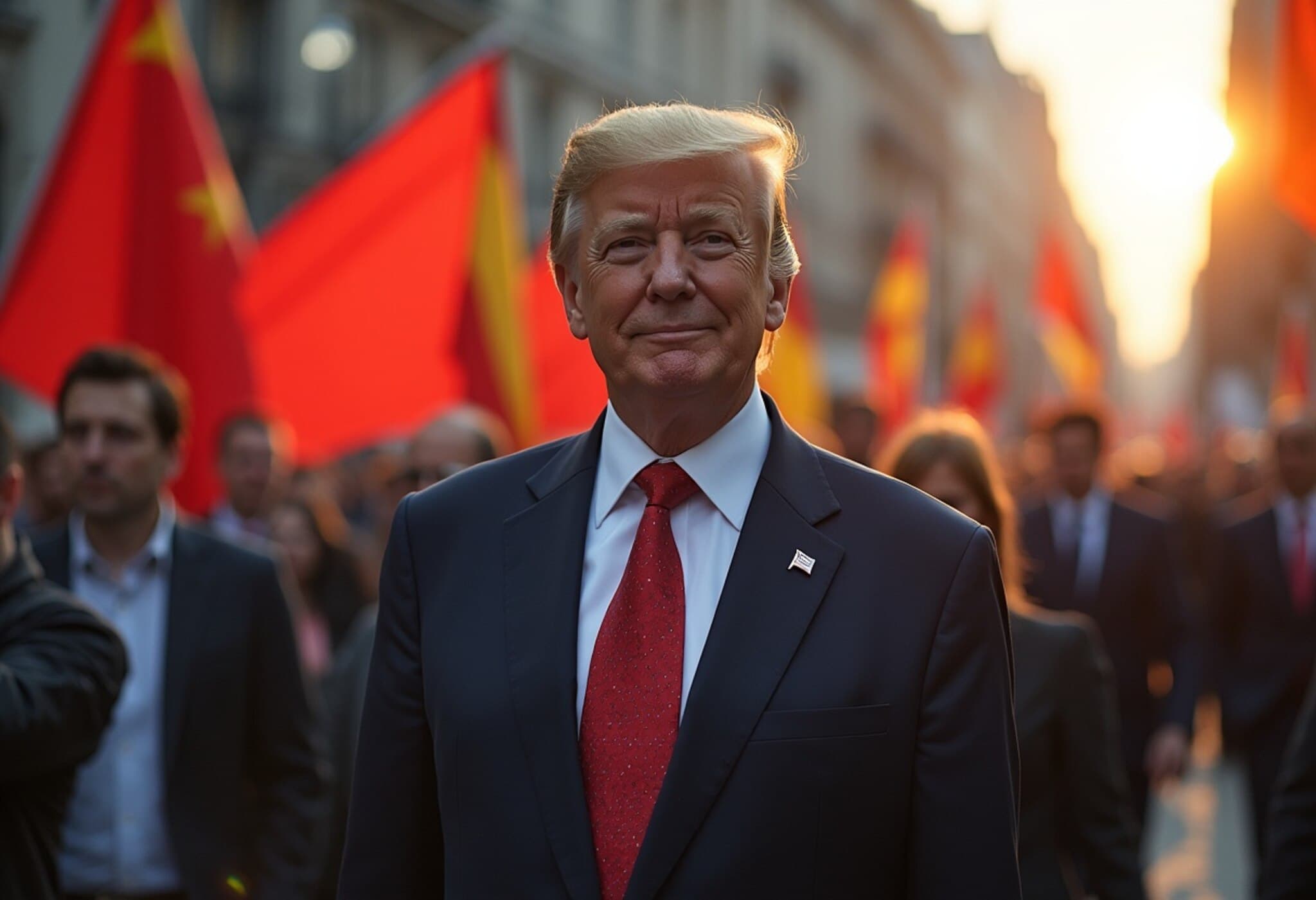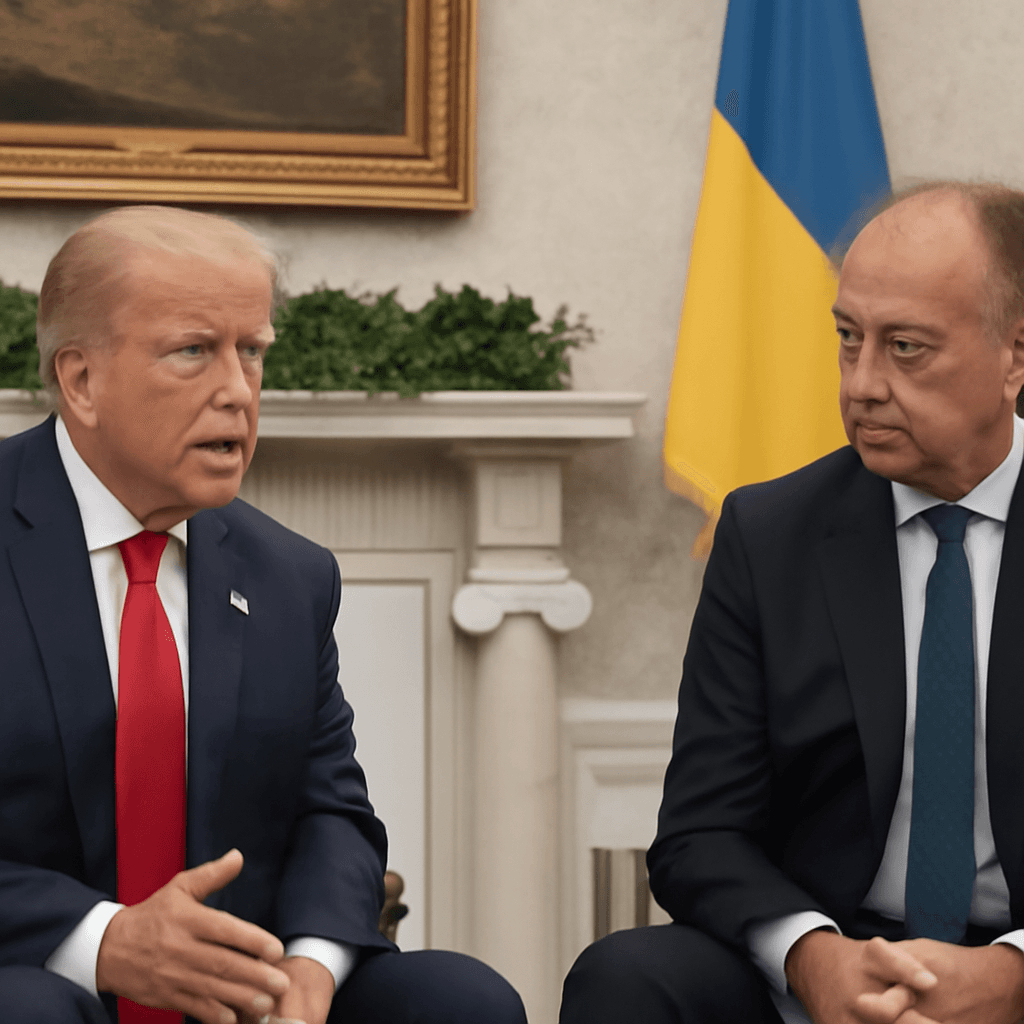NATO's Ambitious Defense Spending Target
During the recent NATO summit held in the Netherlands, alliance members reached a preliminary agreement to increase their defense budgets to 5% of their gross domestic product (GDP) by 2035. This new target aims to allocate 3.5% of GDP to direct defense expenditures and an additional 1.5% to security-related infrastructure, such as cyber defense and intelligence capabilities.
Challenges Ahead for Member States
While the alliance’s commitment signals a unified stance on strengthening defense, the reality on the ground reveals a steep climb. According to NATO's 2024 estimates, many members fall short of even the earlier pledge made in 2014 to dedicate 2% of GDP to defense spending. This discrepancy highlights the varying economic and political willingness across the 32-member alliance to meet the new standard.
Historical Context & Progress
Defense spending has long been a contentious issue within NATO, often sparking debates on burden-sharing. Back in 2018, only six nations met the 2% GDP defense benchmark, leading to sharp criticisms from some quarters, particularly the United States. Fast forward to 2024, and that number has increased to 23 countries, showing progress but also exposing uneven commitments.
Resistance and Differing Perspectives
Despite the general consensus, some countries have voiced objections to the newly proposed spending levels. Spain’s Prime Minister, Pedro Sanchez, openly challenged the 5% target, asserting that Spain’s core military needs would be met with a contribution of just over 2%. He emphasized respecting other countries' ambitions but clearly stated Spain would not escalate spending to meet the higher target.
Similarly, Italy faces difficulties in aligning with the 5% goal. The Italian Defense Minister recently questioned NATO’s contemporary relevance, reflecting broader skepticism within certain member states.
Economic Pressures and Delays
Even nations publicly supporting the increase, such as Germany and the United Kingdom, grapple with economic challenges at home. The UK has reportedly requested a three-year postponement to implementing the hike due to financial constraints, underscoring the logistical complexities involved in meeting the new commitment.
Frontline States Leading the Way
Some members, particularly those bordering Russia, are fast-tracking their defense investments. Poland has already committed to reaching the 5% goal, driven by security concerns amid ongoing regional instability. Similarly, Estonia has approved a defense program targeting an average of 5.4% of its GDP on defense between 2026 and 2029.
Uneven Burden and Geopolitical Implications
The stark discrepancies in defense spending will likely remain a point of tension within NATO, as high contributors feel frustration towards lagging members. Experts suggest that while increased defense budgets are crucial, they address only part of a larger challenge, which includes divisions over burden-sharing, trade disagreements, and collective policy approaches towards global powers like China.
The alliance now faces the task of aligning each member’s commitments with broader geopolitical realities, ensuring cohesive responses without exacerbating internal fractures.


